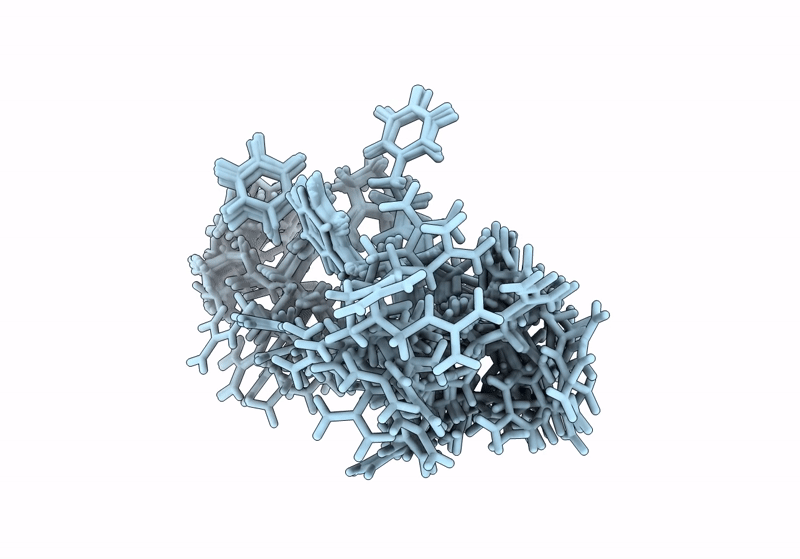
Deposition Date
2023-03-20
Release Date
2024-03-20
Last Version Date
2025-04-02
Entry Detail
PDB ID:
8IS3
Keywords:
Title:
Structural model for the micelle-bound indolicidin-like peptide in solution
Biological Source:
Source Organism:
Bos taurus (Taxon ID: 9913)
Method Details:
Experimental Method:
Conformers Calculated:
200
Conformers Submitted:
20
Selection Criteria:
structures with the lowest energy


